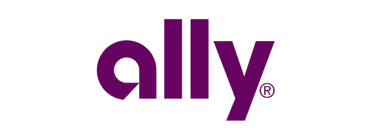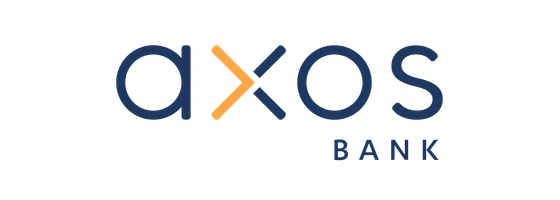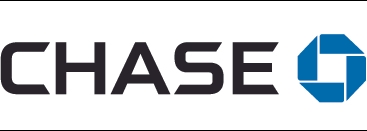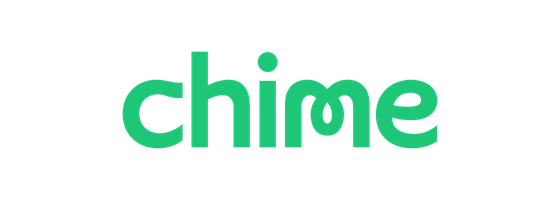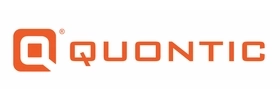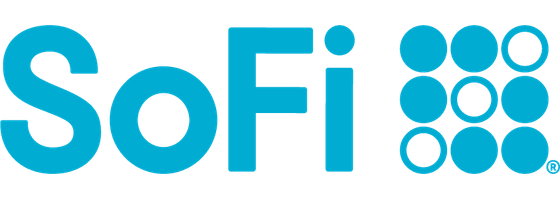- There are no overdraft fees or account fees.
- Two overdraft protection options.
- Ally offers up to 0.25% APY on checking accounts.
Best Banks for Overdraft in February 2025
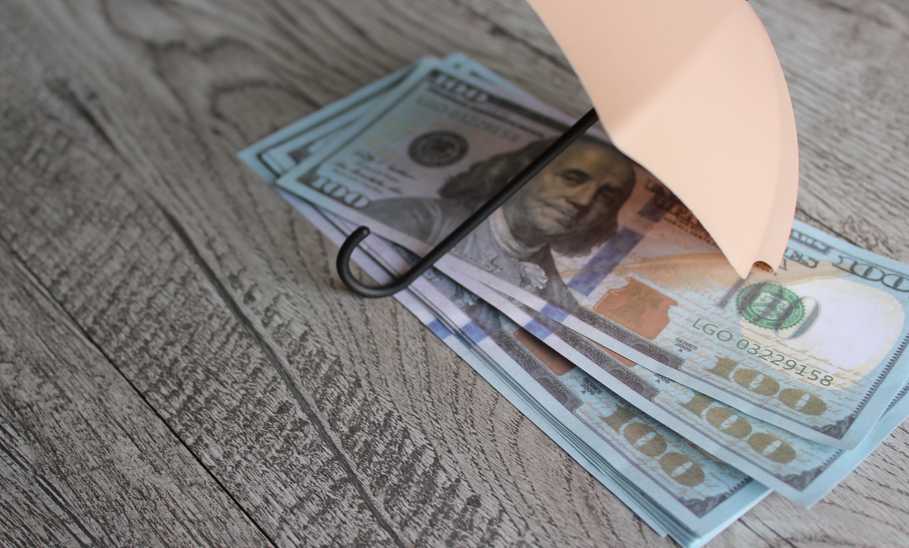
Our evaluations and opinions are not influenced by our advertising relationships, but we may earn a commission from our partners’ links. This content is created by TIME Stamped, under TIME’s direction and produced in accordance with TIME’s editorial guidelines and overseen by TIME’s editorial staff. Learn more about it.
There are many considerations to take into account when choosing a bank. In addition to monthly maintenance fees, annual percentage yields (APYs), minimum balance requirements, and welcome offers, you’ll need to understand each bank’s overdraft policy. While some banks charge fees when you overdraft your account, others don’t. Some will even spot you the money to cover your overdraft.
Learn more about the best banks for overdraft protection so you can make an informed choice about where to keep your money.
In addition to not charging any overdraft fees, Ally also offers two overdraft protection options. With the Overdraft Transfer Service, if you try to make a purchase that would overdraft your account, Ally will transfer money in increments of $100 from a linked savings account to prevent your checking account from dipping below $0.
The second line of defense is CoverDraft, which becomes available 30 days after you first deposit $100 or more into your account. CoverDraft will cover up to $100 if you make a transaction that would overdraft your account. If you receive a direct deposit of at least $250 for two months running, your CoverDraft limit will increase to $250.
You must repay the amount and bring your account back to $0 or above within 14 days. If you don’t, Ally may restrict purchases and withdrawals. Ally can also close the account if the balance remains negative after 45 days.
Ally also offers an APY of up to 0.25% on checking accounts, allowing you to earn interest on your money. However, Ally doesn’t allow cash deposits and there are no physical locations you can visit.
Axos is known for its zero-fee banking, including no monthly maintenance and overdraft fees. If you try to make a purchase that would overdraft your account, Axos will decline the transaction. Alternatively, if you have a linked money market account or savings account, you can enroll in overdraft protection and Axos will transfer money from the linked account to prevent your balance from going below $0.
Other benefits of banking with Axos include a high potential APY of 3.30% and unlimited out-of-network ATM fee reimbursements. To get the full 3.30% APY, you must meet several requirements, some of which are quite stringent and not clearly described on the website. If you can’t meet all the eligibility requirements, you’ll earn less than 3.30%.
Axos also requires a minimum $50 deposit when opening an account. However, if you open a Rewards Checking account, you will be eligible for a $300 welcome bonus.
Chase does not charge overdraft fees on most of its checking accounts, provided you’re overdrawn by no more than $50 at the end of the business day. If you overdraw your account by over $50 but get it back under $50 by the end of the business day, you can also avoid additional fees. Chase Overdraft Assist applies to the Total Checking and Premier Plus Checking accounts. If you open a Chase Secure Banking account, transactions pushing your balance below zero will be declined and no fee will be charged if you somehow fall into your overdraft, which could happen if the actual transaction amount is higher than the approved amount. This can occur, for instance, when adding a tip at a restaurant.
Chase’s various checking accounts cater to different needs, whether it be basic banking, early direct deposit, or the potential to earn interest. Chase also offers specialized accounts for children as young as six and premium accounts with unique perks and benefits.
Chase charges monthly maintenance fees on all its checking accounts other than its First Banking and High School Checking accounts, though it’s possible to waive these fees by meeting certain requirements.
Chime doesn’t charge any account fees, including overdraft and maintenance fees. Additionally, once you register your paycheck to be deposited into your Chime account, you’ll be able to enroll in Chime’s SpotMe service, which will “spot” you up to $200 if you overdraft your account. The money will be repaid out of your next deposit. You can also boost other Chime users’ SpotMe limits and leave an optional tip after bringing your balance to $0 to help keep the service free.
Chime doesn’t offer many bells and whistles besides SpotMe, but it does offer more than 60,000 fee-free ATMs as well as the opportunity to get your hands on your paycheck up to two business days before it arrives. You can also apply for Chime’s secured Credit Builder credit card, which can help you build or boost your credit score. Although Chime has no physical locations, this is also the case for many modern banks.
Like others on this list, Quontic doesn’t charge overdraft fees; however, there’s no overdraft protection, which means any transactions that would overdraft your account will be declined. In addition to no overdraft fees, Quontic doesn’t charge any monthly maintenance fees or other common account fees. You will, however, need to deposit a minimum of $100 to open an account.
If you’re into the latest technology, you’ll love the Quontic Pay Ring, a wearable device you can use to pay for goods and services. With this ring, you don’t have to worry about bringing your debit card everywhere. Quontic offers the Pay Ring free when you open a checking account. You’ll also have access to over 90,000 fee-free ATMs.
Regarding checking accounts, you can choose between a cash-back account or an interest-earning account. The former offers 1% cash back on all eligible purchases, while with the latter you can earn up to 1.10% APY. Quontic doesn’t provide 24/7 customer service, although its website has a robust FAQ section where you can find answers to basic questions.
SoFi doesn’t charge overdraft fees and offers overdraft protection, though there’s a $50 cap. To be eligible for overdraft protection, you must receive at least $1,000 in direct deposits per month. Alternatively, SoFi can automatically transfer money from a linked savings account to prevent your checking account balance from going under $0.
SoFi’s checking account pays up to 0.50% APY, so you can earn interest on your money. And you can get a cash bonus of up to $300 simply by opening a checking and savings account together and setting up direct deposit. Depending on the amount of your direct deposit, you’ll receive between $50 and $300. Most other banks make you jump through more hoops to qualify for welcome bonuses.
SoFi also doesn’t have a minimum deposit requirement to open an account. Also good: There are no minimum monthly balance requirements to meet.
| Bank | Best for | APY | Monthly fees | Min. deposit | Overdraft policy | Bonus |
|---|---|---|---|---|---|---|
Ally | Overdraft protection options | Up to 0.25% | $0 | $0 | Funds will be transferred from a linked account, or Ally will cover eligible transactions without charging a fee | None |
Axos | APY | Up to 3.30% | $0 | $50 to open, then $0 | If you make a purchase that would overdraft your account, Axos will decline the transaction or take the money from a linked account | N/A |
Chase | Checking account options | 0% to 0.01% | $0 to $25 | $0 | No overdraft fee if you're overdrawn by $50 or less at the end of the business day. Alternatively, certain accounts don’t permit overdrafts | Up to $300 welcome bonus |
Chime | Basic banking | N/A | $0 | $0 | Overdraft up to $200 fee-free with SpotMe | $100 |
Quontic | Technology | Up to 1.10% | $0 | $100 to open | No overdraft fees (any transaction that pushes balance below $0 will be declined) | Free Quontic Pay Ring |
SoFi | Welcome bonus | 0.50% | $0 | $0 | No fees for overdraft coverage up to $50. Alternatively, SoFi can automatically transfer money from a linked savings account | $300 welcome bonus |
We started our research by looking for banks that don’t charge any overdraft fees and offer overdraft protection. Once we narrowed our selection, we dug deeper into each bank to discover its other perks. Then, we gave our finalists awards based on their greatest strengths.
If you try to use more money than you have in your account, one of two things can happen: If your bank doesn’t allow overdrafts, the transaction will be declined. Alternatively, if your bank offers overdraft protection, it will allow the transaction and your account balance will fall below $0 until money is automatically transferred from your savings to cover the shortfall or you get your next direct deposit.
For example, if you have $30 in your account and make a $50 purchase, your account will overdraft by $20. That $20 will be repaid when your next paycheck hits and the rest will be applied to your balance. In this scenario, if your paycheck is $1,000, your account balance will be $980.
The exact details of how an overdraft works vary among banks. Some banks will transfer money from one of your linked accounts to cover the overdraft, while others may lend you the money and require you to pay it back. Some banks charge a fee if you overdraft your account, while others allow you to overdraft it by a certain dollar amount before the transaction is declined. It’s important to ask your bank for the details of its overdraft policy to ensure you understand what will happen if your balance falls below $0.
When shopping for a new bank offering overdraft protection, there are several important factors to keep in mind. The following are just a few considerations.
Overdraft protection is a helpful feature, but, like anything, it has its benefits and drawbacks. Learn more about the pros and cons of overdraft protection before choosing a bank to ensure you go in with your eyes open.
Overdrafts can carry several different fees, including a basic overdraft fee, a fee for enrolling in an overdraft protection program, and an extended overdraft fee.
The best way to avoid overdraft fees is to opt for a bank that doesn’t charge them. However, sometimes overdrafts are inevitable. Luckily, there are several ways to avoid overdraft fees and keep your checking account balance in the green.
Creating and sticking to a budget helps you become more familiar with your finances. And, in general, the more familiar you are with your finances, the less likely you are to overdraft your account. For example, you’re less likely to make unnecessary purchases if you stick to a budget, and making too many unnecessary purchases could cause you to overdraft when you buy groceries or gas.
In addition to setting a budget, it’s smart to keep tabs on your account. That way, you’ll be aware if your balance is lower than it should be, and you can either put other expenses on hold or transfer money from savings to help tide you over. Familiarity with your bank balance can help you avoid being charged overdraft fees.
Many banks allow you to set up alerts for your account, such as low-balance alerts. When you set up this type of alert, you’ll get a notification from your bank when your balance falls under a certain dollar amount. That can help you avoid making purchases that would result in an overdraft and the associated fees.
Keep a certain amount in your checking account as a buffer if possible. This buffer can be as little as $50 or as much as a few hundred. The idea is never to let your balance dip below this buffer. That way,
if you have an unexpected expense, you should be able to cover it without falling into your overdraft.
If your bank has a good overdraft protection plan, you can avoid fees while avoiding declined transactions. However, an overdraft isn’t the only option available. The following are three alternatives to consider instead of using your overdraft.
A prepaid debit card is exactly what it sounds like: A card with a preloaded amount of money. With these cards, it’s impossible to spend more than you have and dip into an overdraft. You may choose to get a prepaid debit card and keep it on hand for emergencies when using your regular debit card would overdraft your account.
Linking your checking and savings accounts makes it easier to move money when your balance is low. Doing so means you’ll decrease your savings balance, but will help you avoid overdrafting your checking account. Additionally, some banks offer an automatic transfer from savings to checking to cover a transaction that would otherwise result in an overdraft.
Some banks offer overdraft lines of credit. This is essentially a loan from the bank to cover your overdraft. The main downside to this option is that you’ll be charged interest on top of the amount you borrow. So, while you may avoid overdraft fees, you could end up paying more than the fee would have cost you in the first place.
Choosing a bank that doesn’t charge overdraft fees can help keep more of your hard-earned money in your pocket. Opting for one that also offers an overdraft protection plan acts as another layer of protection that you can use in case of emergency. When choosing a bank, it’s important to understand its overdraft policies to know what to expect if your balance dips below $0.
Numerous banks do not charge overdraft fees. Depending on the bank’s policy, it will either decline a transaction that would overdraft your account or cover the transaction up to a certain amount. If you have a linked account, the bank may transfer money from it to prevent you from overdrafting your account.
The main downside of an overdraft is spending money you don’t have. In addition, if you aren’t able to repay the money, it could result in account restrictions or additional fees. Finally, an unpaid overdraft may be sent to collections, impacting your credit score.
Generally, an overdraft won’t affect your credit. However, if you don’t pay the bank back the money it lent you to cover your overdraft, the amount may be sent to collections, which can hurt your credit—and collections can stay on your credit report for up to seven years. Additionally, overdrafting your account can result in your being unable to pay bills that come due, and late payments can harm your credit score.
The information presented here is created by TIME Stamped and overseen by TIME editorial staff. To learn more, see our About Us page.
